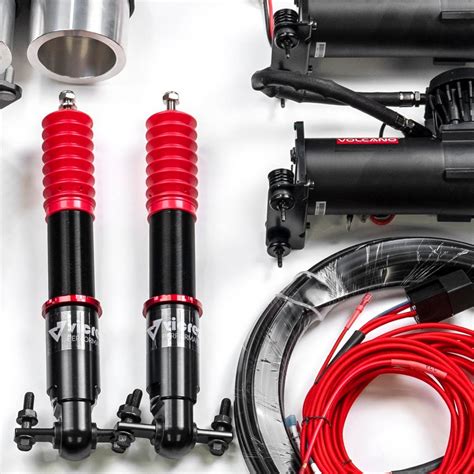Ridgeline Suspension: Say Goodbye to Rough Rides
The Honda Ridgeline has carved a unique niche in the pickup truck market. It blends the practicality of a truck bed with the comfort and handling of a crossover SUV. A key element contributing to this unique driving experience is its sophisticated suspension system. This article delves into the Ridgeline's suspension, exploring its design, features, and how it contributes to a smoother, more controlled ride than many of its competitors. We'll also address common questions surrounding its performance and maintenance.
What Makes the Ridgeline's Suspension Different?
Unlike traditional body-on-frame trucks, the Ridgeline utilizes a unibody construction. This means the body and frame are integrated, resulting in a more rigid structure and improved handling. This unibody design is further complemented by its independent rear suspension. Most trucks in its class employ a solid rear axle, which, while robust, often translates to a harsher ride, especially on uneven surfaces. The Ridgeline's independent rear suspension, however, allows each wheel to move independently, providing superior control and significantly reducing bumps and vibrations transmitted to the cabin.
This independent suspension system, coupled with carefully tuned shock absorbers and springs, provides a comfortable ride without sacrificing the capability needed for light-duty hauling and towing. Honda engineers have prioritized a balance between ride comfort and handling precision, resulting in a vehicle that’s both comfortable for daily commuting and capable enough for weekend adventures.
How Does the Ridgeline's Suspension Handle Different Road Conditions?
The Ridgeline's suspension excels in various road conditions. On smooth highways, it provides a composed and quiet ride, minimizing road noise and vibrations. On rougher roads and trails, the independent suspension system absorbs bumps and shocks effectively, keeping the cabin relatively stable. Even when carrying a load, the suspension maintains a comfortable and controlled feel, preventing excessive bouncing or swaying.
This capability stems from the careful engineering of the suspension components. The shock absorbers are designed to dampen vibrations effectively, while the springs provide the necessary support to handle varying loads. This balanced approach ensures a comfortable ride across diverse terrains.
Does the Ridgeline Suspension Offer Different Settings or Modes?
While the Ridgeline doesn't offer adjustable suspension settings like some higher-end vehicles, the factory calibration provides a versatile balance for various driving conditions. The inherent design of the suspension system itself already accounts for adaptability to varying road surfaces and payloads.
Is the Ridgeline's Suspension Prone to Issues?
Like any vehicle component, the Ridgeline's suspension is subject to wear and tear over time. Regular maintenance, including inspections and replacement of worn parts as needed, is crucial to maintaining optimal performance and ride comfort. Common areas of concern include worn shock absorbers, which can lead to reduced damping and a less controlled ride. Ball joints and bushings can also wear out, affecting handling and steering precision.
How Much Does it Cost to Replace Parts of the Ridgeline's Suspension?
The cost of replacing suspension components varies depending on the specific part, labor costs, and location. It's always recommended to obtain quotes from reputable repair shops before undertaking any repairs. Factors influencing the cost include the type of parts used (OEM versus aftermarket) and the extent of the repairs needed.
What Kind of Maintenance Does the Ridgeline Suspension Require?
Regular maintenance, as outlined in the owner’s manual, is key to prolonging the lifespan of the Ridgeline's suspension. This includes regular inspections for worn or damaged components, as well as timely replacement of parts as needed. Paying attention to unusual noises or handling changes can help identify potential issues early on. Following Honda's recommended maintenance schedule will contribute significantly to the longevity and effectiveness of the suspension system.
This comprehensive exploration of the Ridgeline's suspension highlights its key features and benefits. By understanding its design and maintenance requirements, owners can maximize its performance and enjoy the smooth, comfortable ride it offers. Remember to consult your owner's manual for detailed maintenance recommendations specific to your model year.

